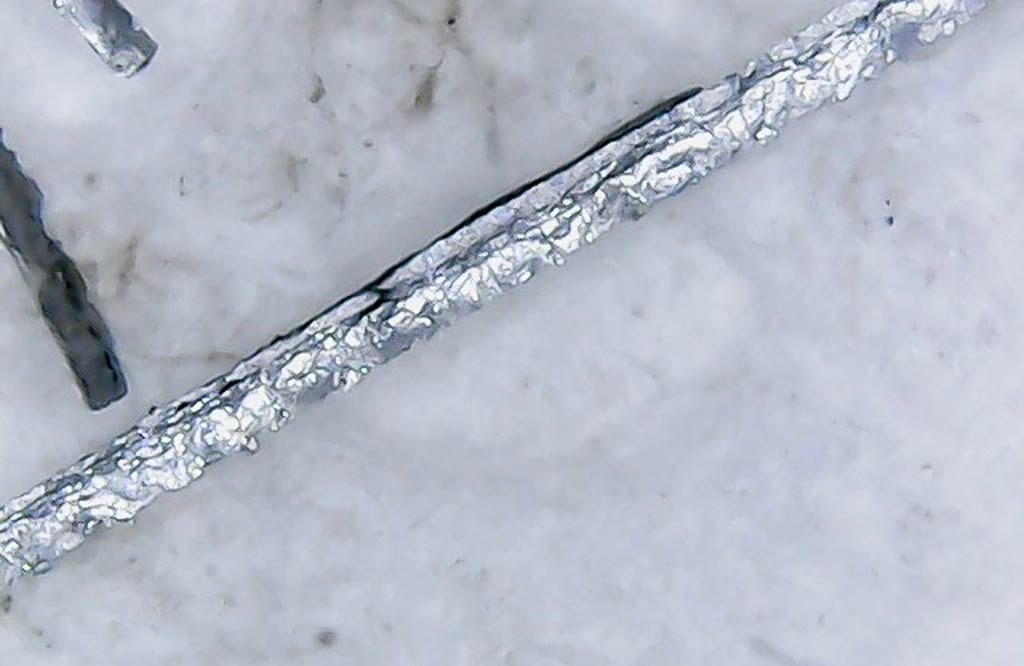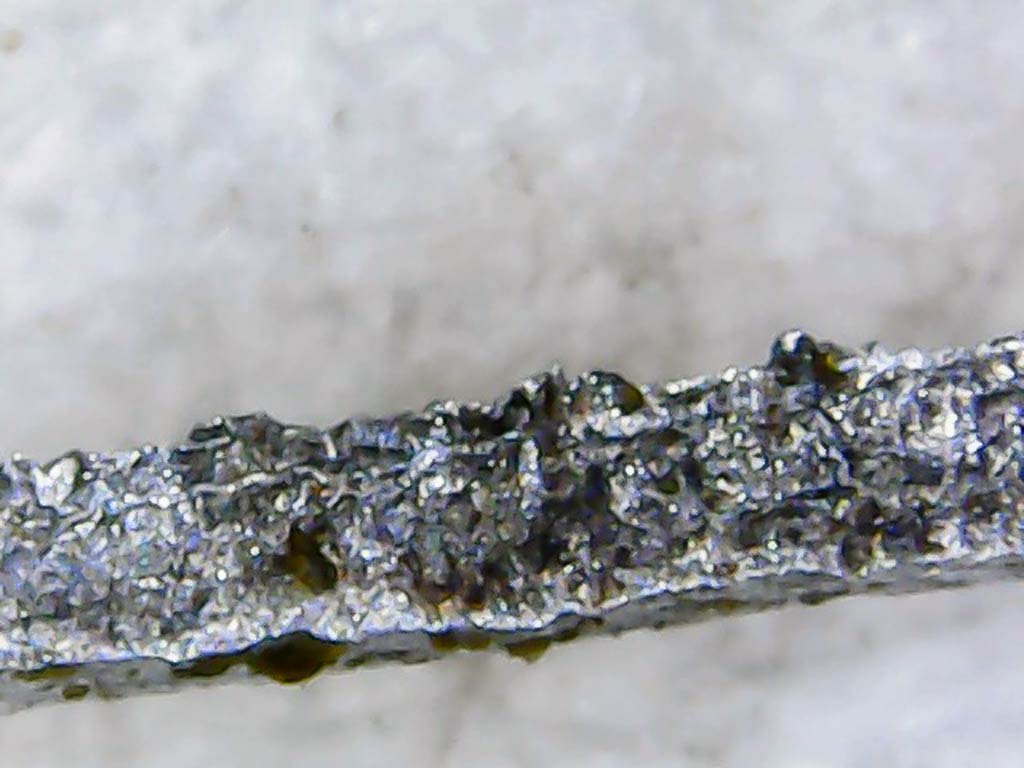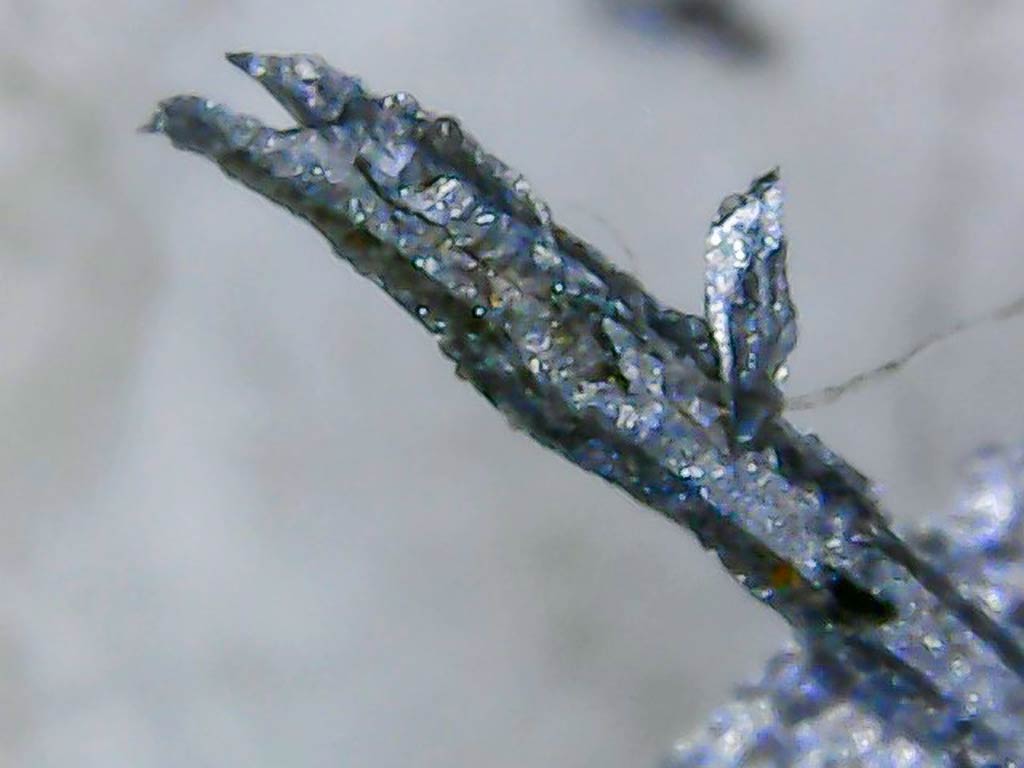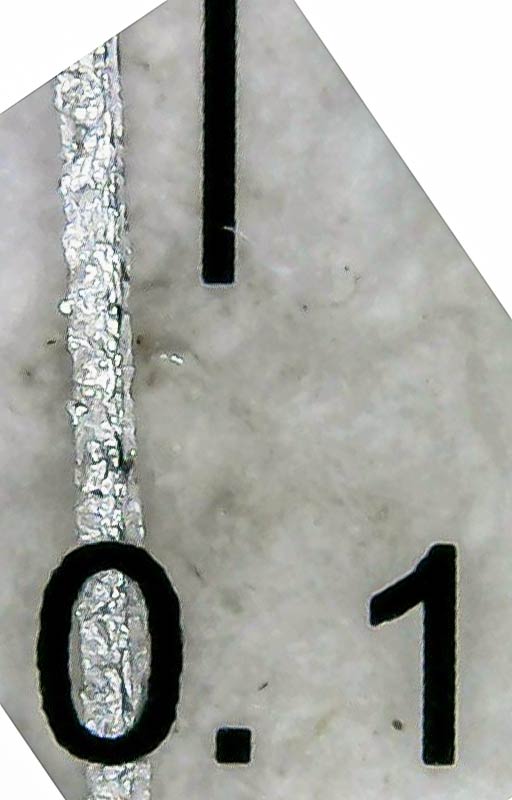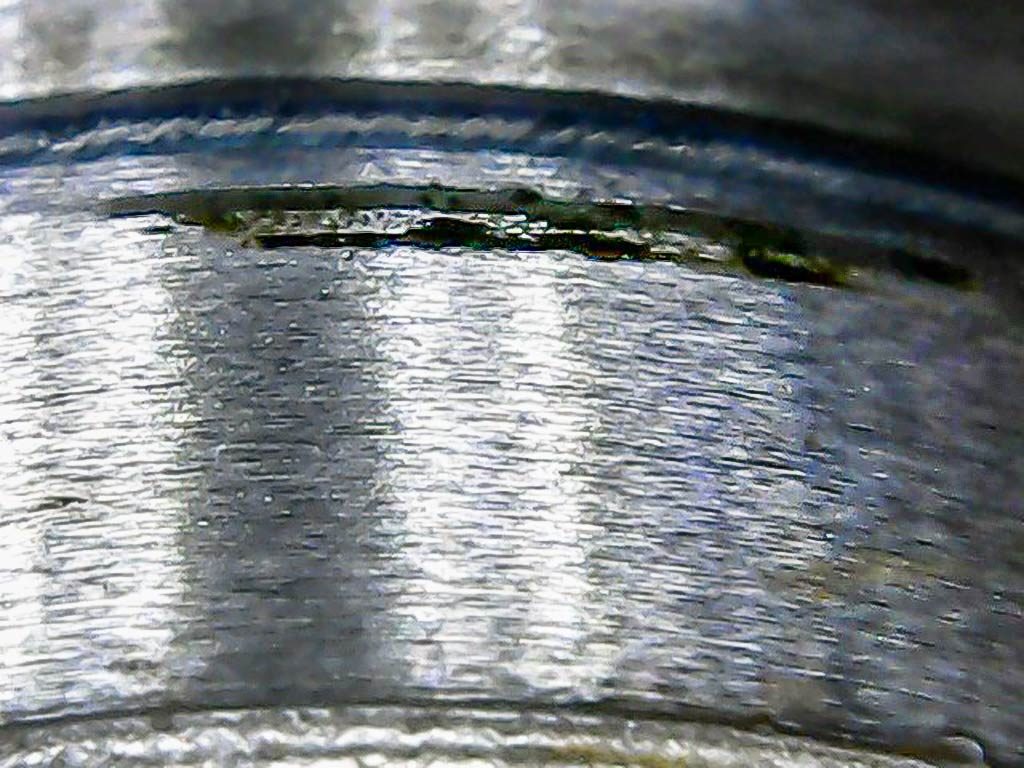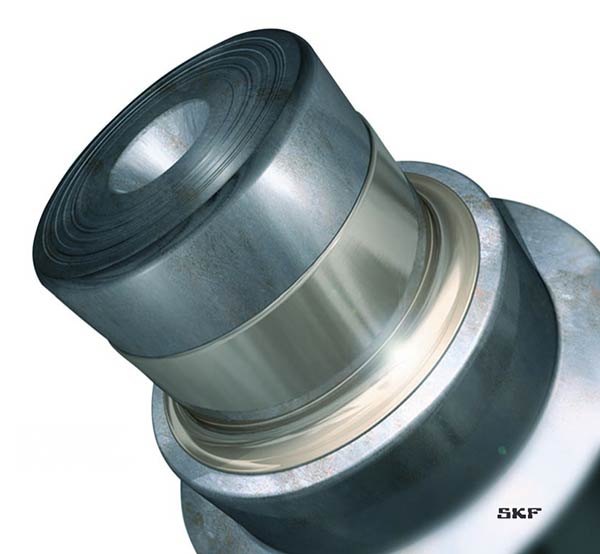November 3, 2018
We have a 3YM030 that we installed in 2005 and now has about 5,000 hours on it. I’m going to start with the latest problem – a leaking front transmission oil seal, but before I do, here’s a summary if you’re time-challenged.
-Parts are really hard to get – sometimes impossible
-Parts are really, really expensive when you can get them
-Chronic oil leaking problems
-Chronic cooling system problems
-Bad sea water pump
-Bad exhaust elbow design
-Short-lived engine mounts
-Control panel bad
A positive note: it has run well and been reliable.
Overall Conclusion: I will never buy another Yanmar engine.
And now for the full story:
The first step is to get a new seal. We’re in Fiji so this might be difficult, but maybe not since Yanmar’s big ad pitch is the world-wide availability of parts.
-There’s a Yanmar dealer in Denarau, Fiji
-They don’t have the seal (big surprise – they never have the parts I need!)
-They can order it – 3 to 5 days delivery. I pay.
-I get a call – it has to come from Singapore – 3 to 5 weeks! Typical!
-I call the a dealer in NZ. They don’t have it.
-They call Auckland and they don’t have it.
-They call Australia and they don’t have it.
-It has to come from Japan but they can get it in a week or ten days.
-They can’t ship by DHL – the only way I can get stuff where I am.
This absolutely typical of nearly every part I’ve needed for this Satan-spawn engine. (I guess you can see which way this review will go now?). PARTS ARE REALLY, REALLY HARD TO GET!
But back to this issue. We take the seal out and take a cab into Suva to see if we can find a seal from an industrial supply or car parts store and on the fifth try, we find one. $8 Fiji (that’s about $4 USD). The Yanmar seal that Baobab in Fiji couldn’t get was $40 Fiji! Not only are their parts very hard to get but outrageously expensive too.
Time for a careful inspection of the issue. I have a little USB microscope on board for just such occasions. Here’s what I saw.
When I took the old seal out, there were metal shavings between the bearing and the seal. That’s not good.
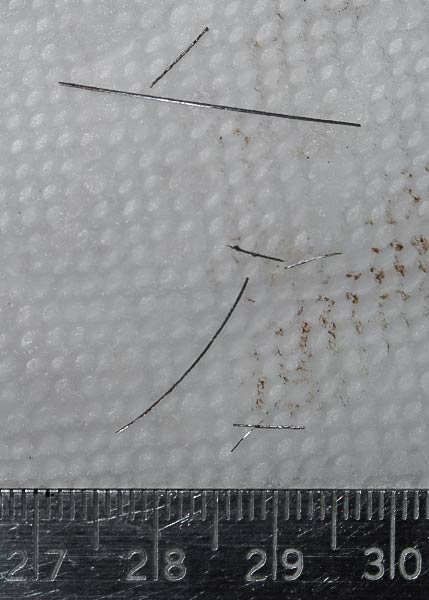
Here’s a closer look at these curious shavings…
I think, upon close inspection of the shaft, I see where they came from. Here’s the shaft…
There’s are also curious “rust” spots on the shaft. How can this be? It’s never exposed to water and behind the oil seal.
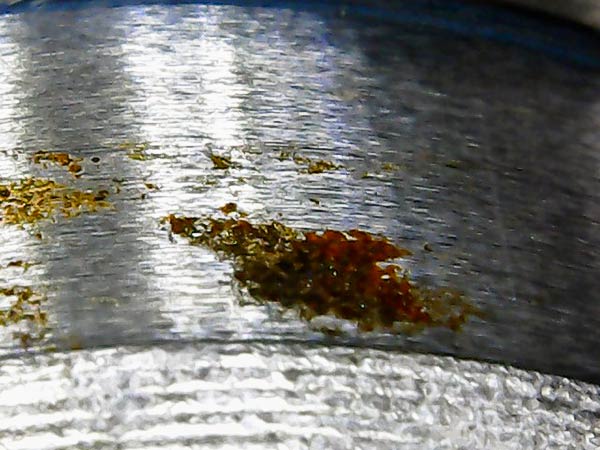
I don’t understand what’s going on with this shaft. My best guess is that it’s just bad metallurgy and manufacturing. As alarming as these issues are, I don’t think they were causing the leak. For that, lets look at the old oil seal…
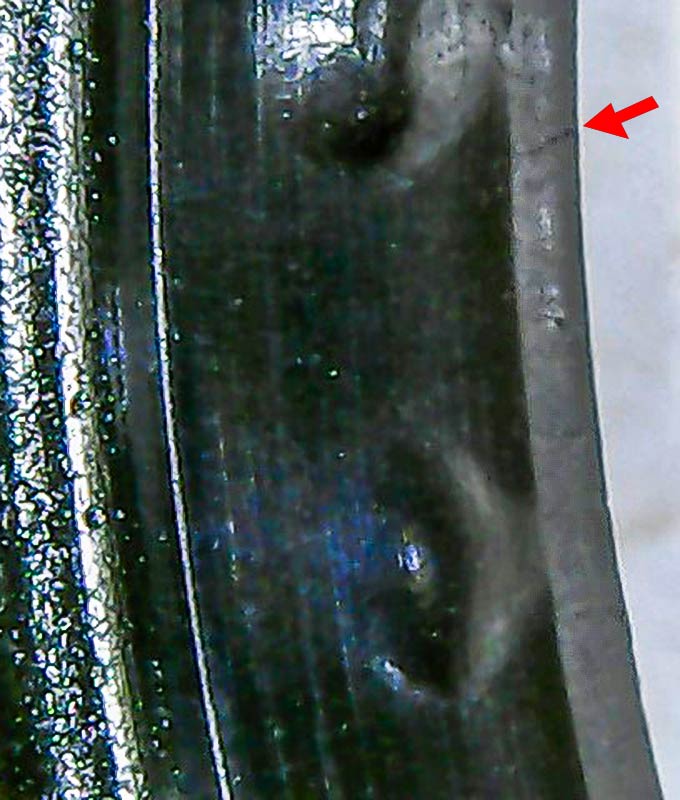
There are some cracks in the sealing surface that could be age (red arrow). This is alarming. Does that mean all the seals in the engine will start to leak? I’ve already replaced the engine’s rear main seal twice. In the rare case when I was able to buy the part from Yanmar, it was old stock with stiff rubber and that seal didn’t last a year before I had to replace it a second time. What would this have cost me if I didn’t do my own engine work?!
The new seal is in and our fingers are crossed. I pushed it in slightly further to try to get to a new sealing surface on the shaft. With 30 minutes of run time, there are no leaks.
Next issue: chronic cooling system problems and bad sea water pump.
This engine has a cooling system that really isn’t sufficient for operation in tropical waters. When it’s in its peak condition, it will just barely cool the engine at full cruising throttle. Anything less and it overheats.
The Johnson water pump is really bad. I’ve been through three pumps. The impeller eats away at the housing until the pump efficiency goes way down. The impellers don’t last very long. The seals leak often and this destroys the bearings. Rebuilding the pump is difficult without a press.
Replacing this pump reveals a systemic Yanmar problem. They practice what I think of as price-fixing or protectionism. If you live in a certain region, you have to buy from certain dealers. Never mind the price on the internet that’s half of what your local place is asking! I’ve seen this pump priced between $600 and $800 USD from some Yanmar dealers. There’s a dealer on the east coast (Niemiec Marine) that has a great website that sells it for about $300 USD. I bought one from them and had to have it shipped to a friend in another state to avoid their protectionist scheme.
After a lot of research, I found a non-Yanmar place that sells the same Johnson pump for around $200. Thanks Yanmar!
Here’s a link to Big Blue Ocean Marine where I bought the after-market pump for $239 USD.
It has a different bracket but I see no reason I can’t reuse my old bracket. I haven’t yet installed this pump. I’m keeping it as a spare but at the rate these pumps fail, I’m sure I’ll try it soon.
Bad exhaust elbow design:
Not only does the expensive Yanmar exhaust elbow rust out quickly, its design is such that the rapid cooling at the water injection area causes carbon to build up to the point that water and exhaust flow is choked off. After a year of cruising use, it needs to be removed (hard job) and cleaned out. I’ve had to replace the elbow every two or three years as it’s too badly rusted to reuse.
As I recall the Yanmar elbow is about $900 USD. I found an after market stainless steel elbow for about $300 USD. We’ll see how that holds up (but regardless, it sure is pretty!).
When it arrived (shipped very quickly), the top part of the mixing elbow was polished to a mirror-like finish. It’s so pretty. It’s a shame I had to wrap it in exhaust wrap.
Engine mount issue:
The Yanmar engine mounts do a great job of dampening the vibration of this rough-running three cylinder engine, but they don’t last long and (broken record, I know) they are expensive. Yanmar suggests replacing them every 1000 hours. At almost $1000 USD for a set, OUCH!!!
When they got too bad to use, I tried to replace them with much less expensive, after-market R&D mounts. Disaster. They were terrible. The only good thing about them was that they were half the price, but the engine tried to shake itself to death. More cash out. Yanmar mounts back on. The engine is smooth again, but for how long?
Here’s a review we did about the R&D mounts including a video.
Bad Control Panel:
The tachometer failed early. Googling told me that’s not an uncommon problem. The idiot lights failed too (corroded circuit board). Our instrument panel is under a cover and sealed from water ingress. This should’t happen!
Miscellaneous Issues:
The old oil must be sucked out through the dipstick and it’s not really at the lowest point of the oil pan. A drain plug would insure you get more oil out.
Silly maintenance schedules like this: Oil change every 150 hours. Oil filter change every 250 hours. What do I do? Change the filter, install a new one, only to change the oil again in 50 hours? I have been changing both the filter and oil every 15o hours. That’s not the only nonsense in Yanmar’s manuals.
We just spent $3000 to have the injectors and injector pump serviced in New Zealand. Ouch!
Positive Point:
I will say that the engine hasn’t let us down despite all these issues. It starts easily and so far, always runs.
Conclusion: I will never buy another Yanmar engine. Period. I don’t know what we will replace this with when the time comes. I’m open to suggestions. Any ideas?
Update, October 2022 – Leaking rear oil seal – AGAIN!
This the third time I’ve had to change the rear main oil seal. The cause of the problem I believe is two fold: the Yanmar seals I’ve bought are old stock and very stiff, and the shaft surface is terrible.
This time, I bought the seal at a seal supply place and the difference in the rubber was night and day – supple and flexible. I told the guy at the seal place about the shaft problem and he suggested a speedi-sleeve.
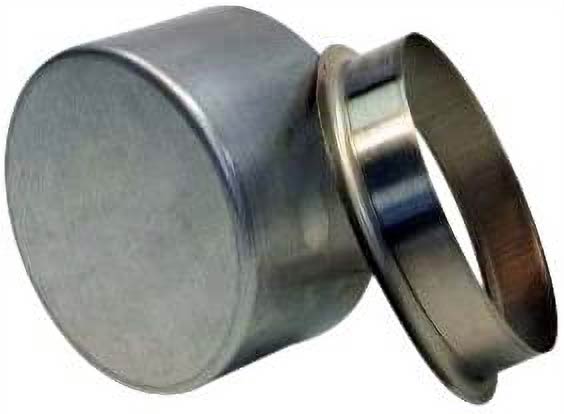
This uses the installer pictured on the left to push a sleeve (right) over the shaft to create a new sealing surface. Here’s a picture below of one installed…
It went on pretty well though I did have to cut it a bit shorter. I’m really hoping this will stop this issue once and for all.
-Rich

